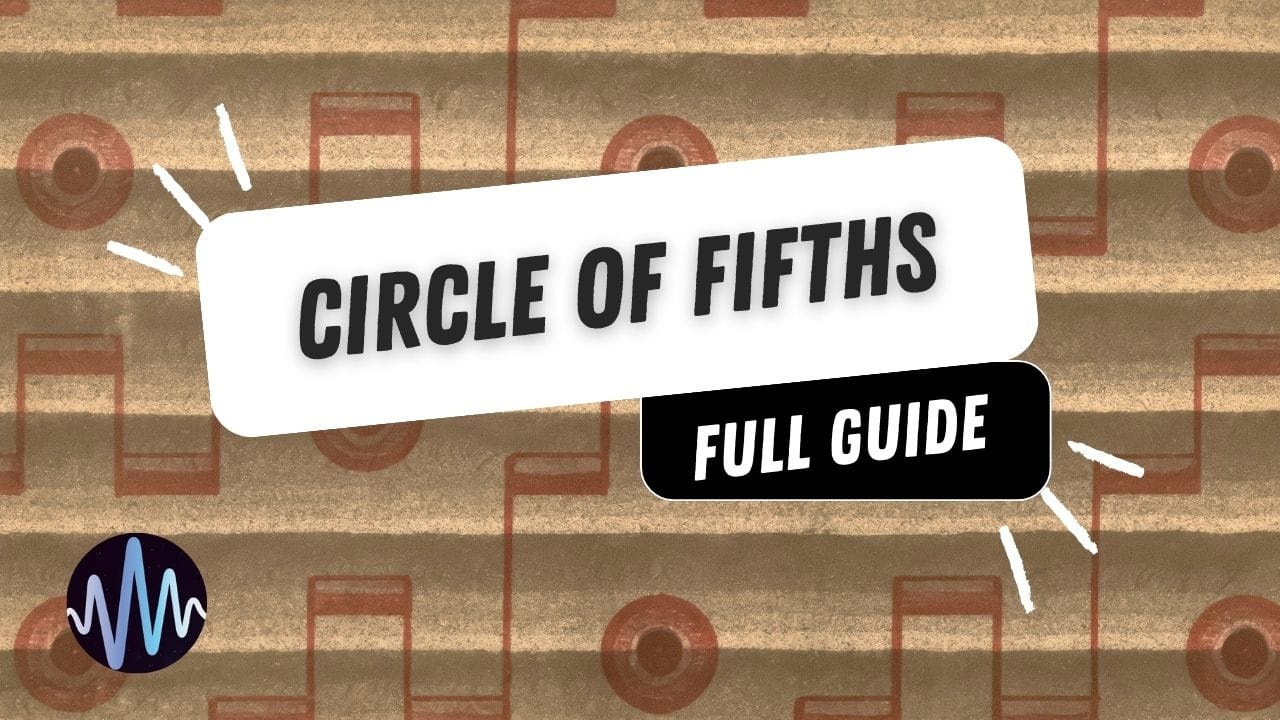
As someone who played by ear for a decade before opening his first music theory book, there are certain topics I approach with mixed feelings.
On one hand, discovering the potential of the circle of fifths was like finding a cheat code in life: it’s a tool you can use to come up with coherent songs that people can resonate with.
On the other hand, the circle of fifths offers endless possibilities and can easily become overwhelming if not assimilated in the right way.
Looking back at it now, I think this is one of those things that changed the way I compose and look at music composition as a whole. Which is why I decided to dedicate a piece to this powerful tool, with practical tips on how you can use it to make better music, regardless of your level or musical genre you work in.
A Definition
The Circle of Fifths is the best way to visualize the twelve tones in Western music.
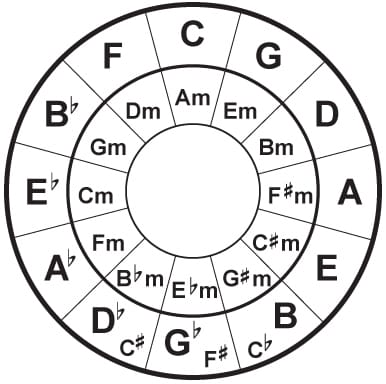
It's arranged in a circle, where moving clockwise takes you up by a perfect fifth (seven semitones), and moving counterclockwise takes you up by a perfect fourth (five semitones).
So, why is it called the circle of “fifths”?
The interval of a fifth, like the distance from C to G, is one of the most recognizable intervals in music, and by organizing the circle focusing on the fifths, we come up with a structure that organizes keys based on how many sharps or flats they have.
Here’s an example. When you start at “C” at the top of the circle (which has no sharps or flats), you add one sharp for each step clockwise: G has 1 sharp, D has 2 sharps, A has 3 sharps, and so on, until you reach F♯/G♭ at the bottom. Instead, if you go counterclockwise, you add flats: F has 1 flat, B♭ has 2 flats, E♭ has 3 flats, etc.
Inside the circle, you’ll find the relative minor related to the note on the outside, like A minor under C major and E minor under G major. This means that they share the same key signature.
You might wonder why you need to know all of this, but once you get to understand the circle of fifths, it's easy to realize how this tool can unlock endless possibilities for composers.
You can predict which chords and transitions will sound good together without having to memorize every key signature or chord progression. It’s essentially a power-up for producers and songwriters.
How to Read the Circle
Key Signatures
All you need to remember about key signatures is that the sharps are added clockwise, and flats are added by moving counterclockwise.
Each step clockwise adds one sharp, following the rule of “last sharp + one.” For example, G major has F♯, so D major adds C♯, and A major adds G♯, and so on.
On the other side, and in the same way, each step adds one flat in the same order as sharps, like B♭, E♭, A♭, and so forth.
Moving clockwise on the circle means you're going up by fifths, which is great for getting to "brighter" keys that have more sharps. Moving counterclockwise means you're going up by fourths (or down by fifths), which is ideal if you’re looking for a "darker" vibe.
Keys that are next to each other share almost all the same accidentals, so it’s usually simple to switch between them. On the other hand, keys that are six steps apart, like C and F♯/G♭, are quite distant and create much more dramatic changes in the music.
Examples
The best way to put this all into practice is by analyzing one of the most common sequences: I–IV–V–I.
For example, in C major, you would play C, then F, followed by G, and back to C.
If you visualize this on a circle, moving from C to F goes one step counterclockwise, and from F to G goes one step clockwise, which makes the transition seamless.
Another popular “trick” is to use relative minors.
In G major, the chords would be G, Em, C, and D. On the circle, you start at G at the top, move to E minor inside the circle, then step back to C, and finally step forward to D.
When it comes to changing keys or modulating, we often use something called pivot-chord modulation. For instance, if we switch from C major to G major, we look for chords that are shared in both keys, like C, Em, and Am.
By using Em, which is the third chord in C and the sixth in G, you can create a natural transition: starting with C, moving to Em, then D, and finally landing in G. On the circle, Em is inside C, which makes the jump to G feel consistent with the music.
Finally, another thing you should know about is how secondary dominants work.
Let’s use an example. In F major, the dominant (or fifth chord) is C, and the dominant of C (which you might call the “fifth’s fifth”, or V/V) is G.
On the circle, you would move from F to C and then jump to G, making a two-step clockwise turn. You can briefly use G to highlight C before returning back to F, and this creates an interesting and fluid transition.
How to Use the Circle to Make (Better) Music
All right, that's very nice and interesting, but how do you actually use the circle of fifths to improve your songwriting skills and speed up your creative process?
One of the best ways to use it is by creating smooth transitions between keys that are one or two steps away on the circle. In this way you can make changes feel natural, like when you want to move from a verse to a chorus.
Nothing stops you from hopping three or four steps around the circle. In fact, this creates a sense of lift or tension that works really well for bridges or tension buildups.
You can also add variety to your harmonies by borrowing chords from the flat side of the circle. For example, if you’re in C major, you can use a B♭ or E♭ major to add depth to your song.
Another creative technique is using chromatic mediants, which means jumping three steps clockwise, like moving from C major to A major. It creates a surprising shift and can work well when you want to surprise your listeners.
To speed up your songwriting, focus on a “neighborhood” of two or three keys next to each other. Once you’ve built a basic chord progression, you can enrich it with chromatic alterations, substitute dominants, or any other techniques that suit your style.
Final Thoughts
And that’s all you need to know about the circle of fifths.
If you’re just getting started in music production, I recommend printing it out and keeping it in your workspace, because it’s a simple yet powerful tool that can guide your workflow on the fly.
After all, becoming a prolific producer is also one of the best ways to improve as an artist: the more you produce, the more refined your creative process will become.
Good luck, and stay creative!


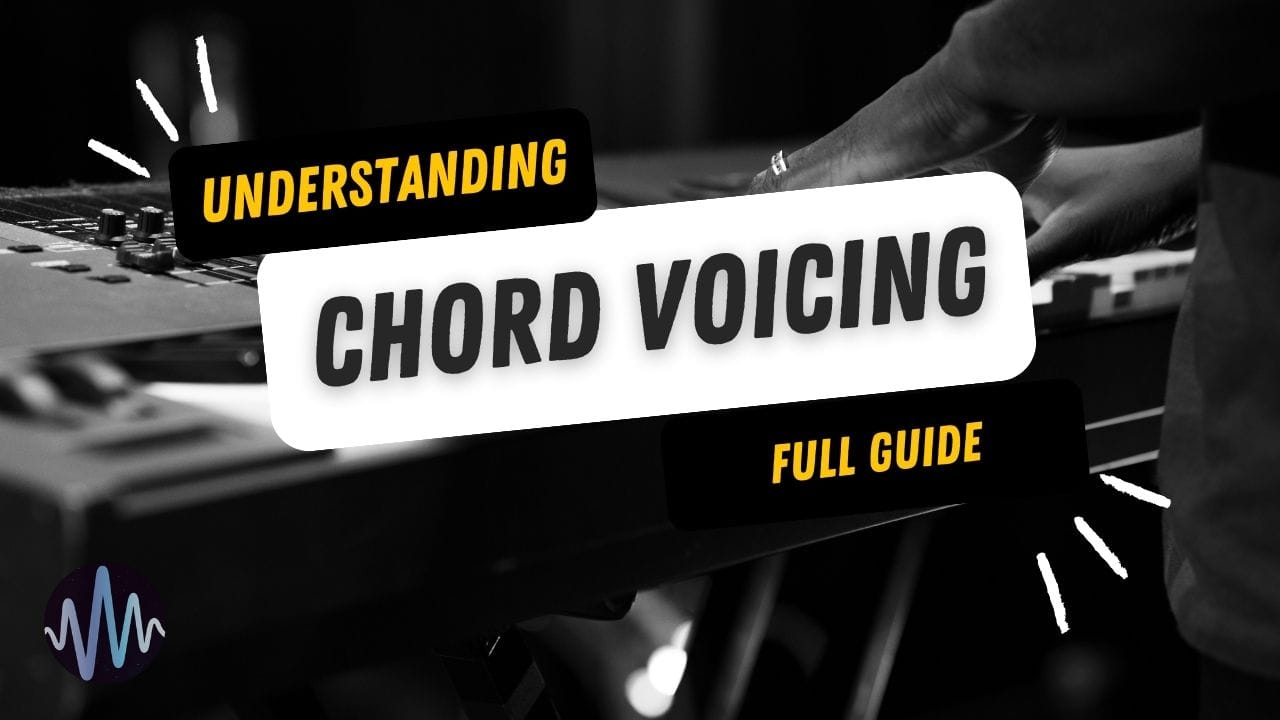
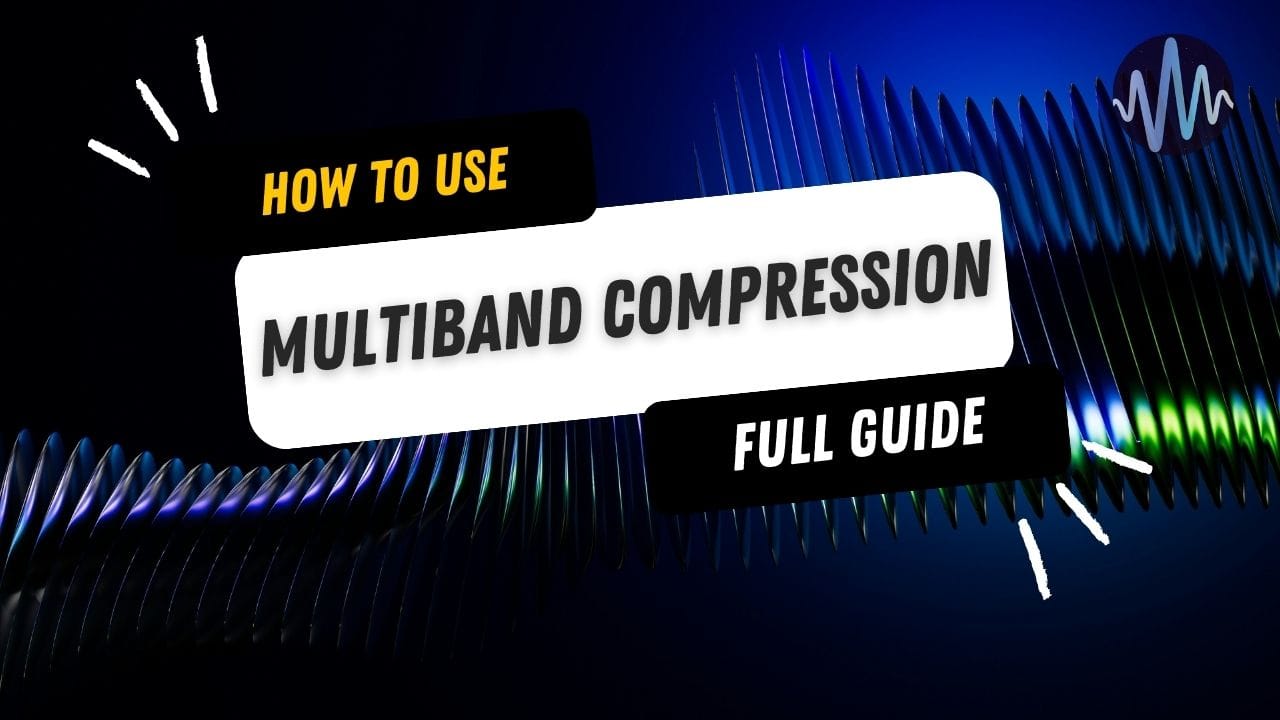
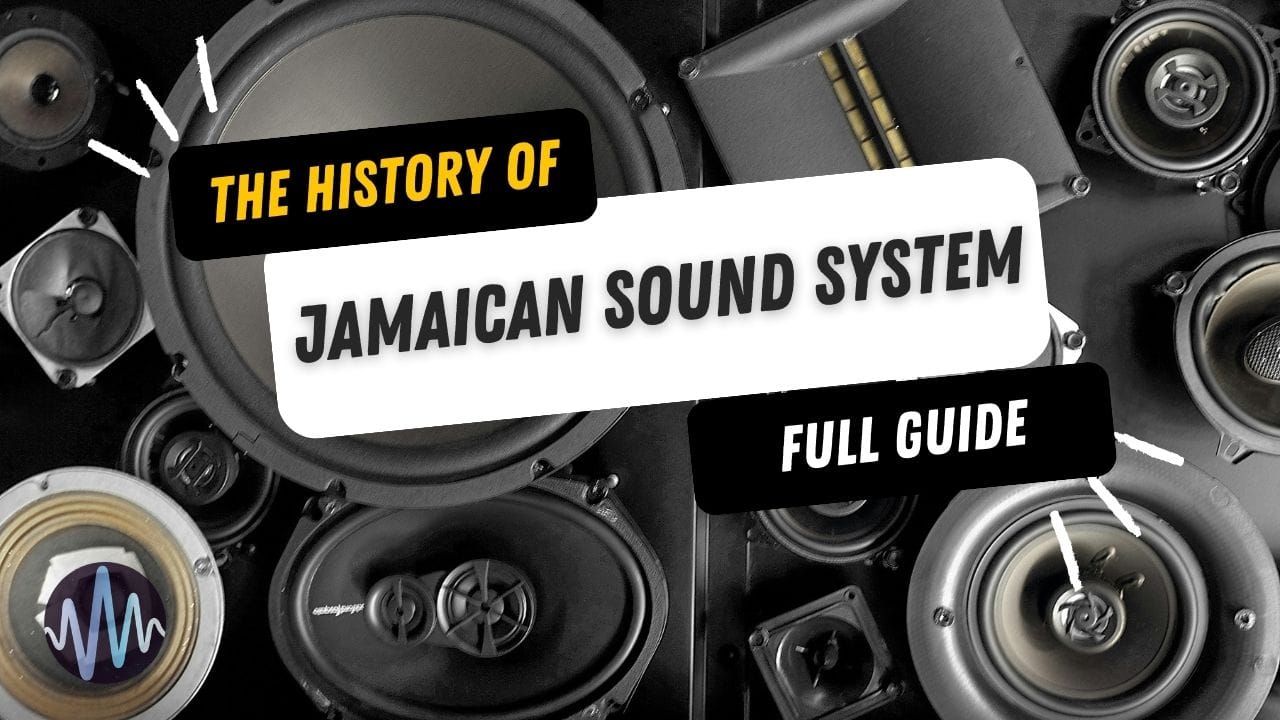

Comments